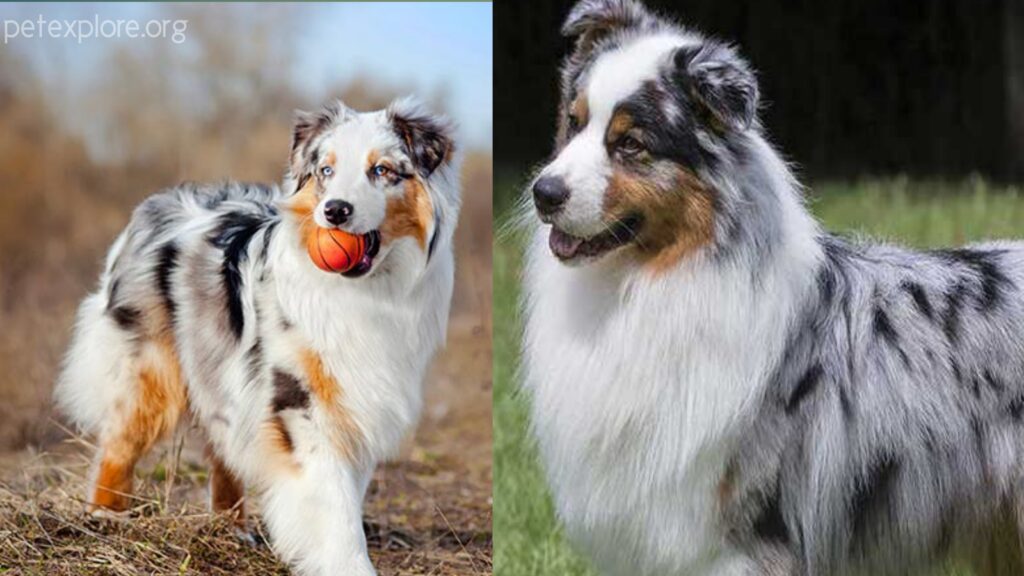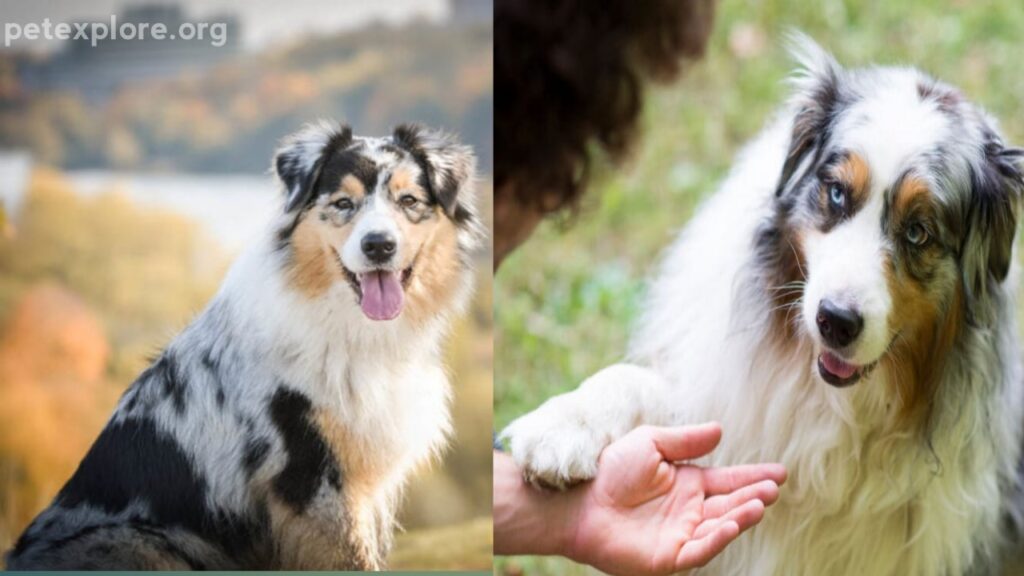Australian Shepherd: Overview
The Australian Shepherd, also known as “Aussie,” is a famous and intelligent dog breed known for its intelligence, agility, and boundless energy. Despite its name, this breed did not originate in Australia but rather in the United States, where it gained popularity for its herding abilities. In this article, we will dive into the fascinating characteristics, history and temperament of the Australian Shepherd.
Origin and History of Australian Shepherd
Contrary to its name, the Australian Shepherd’s roots can be traced back to the farms of the Western United States in the 19th century. The breed’s development is linked to the Basque people who immigrated to America from Australia. These dogs then interbred with various shepherd dogs in the United States, resulting in the creation of the Australian Shepherd.
This breed gained prominence in the 20th century, specially in the Western states. The Australian Shepherd’s intelligence and agility made it an invaluable asset to farmers and ranchers, and its popularity continued to grow.

Characteristics and Appearance
This is a medium-sized dog with an attractive appearance. Its coat is medium to long, and the texture is straight or wavy, with a dense coat. The breed’s coat comes in various colors, including black, blue merle, red, and red merle. One of the most striking features of the Aussie is its multicolored, eyes. They can be blue, brown, or even one of each, contributing to their awesome looks.
The breed’s ears are triangular and set high on the head, while the tail is naturally docked to a short length. The Australian Shepherd’s body is well-muscled, reflecting its capability for various physical activities.
Temperament and Intelligence
The Australian Shepherd is known for its friendly nature. These dogs form strong bonds with their families and are good with children. However, due to their herding instincts, they may try to herd family members, including children and other pets, by nipping at their heels. Early socialization and training can help curb this behavior and ensure a well-mannered and well-adjusted pet.
Australian Shepherds are known for their exceptional intelligence and trainability. These dogs need regular exercise that challenge their intellect. Their herding background has endowed them with problem-solving skills and a strong work ethic.
While Aussies are generally friendly, they can be reserved with strangers. This makes them excellent watchdogs, as they are naturally protective of their families. Socialization from an early age is essential to ensure that they remain well-behaved and comfortable in various situations.

Exercise and Training
Australian Shepherds are an energetic breed that requires regular exercise to keep both their bodies and minds active. Failing to meet their exercise needs can lead to boredom and destructive behaviors. Daily walks, playtime, and engaging activities such as fetch or running exercises are essential to keep an Aussie happy and healthy.
Health Tips
While generally a healthy breed, Australian Shepherds may be prone to certain genetic conditions. Responsible breeding practices, regular check-ups, and a healthy diet can contribute to a long and happy life for these dogs. Some health problems faced by them include hip dysplasia, progressive retinal atrophy (PRA), and certain hereditary eye conditions.
Grooming Tips
Regular grooming is also necessary to maintain the Australian Shepherd’s coat. Brushing at least once a week helps prevent matting and reduces shedding. Additionally, routine dental care, ear cleaning, and nail trimming are essential for their overall well-being.
FinalThought
The Australian Shepherd’s unique blend of intelligence and loving nature makes it a popular choice for a variety of lifestyles. Owners willing to invest time in training, socialization, and regular exercise will find that the Australian Shepherd is not just a pet but a devoted and versatile member of the family.

